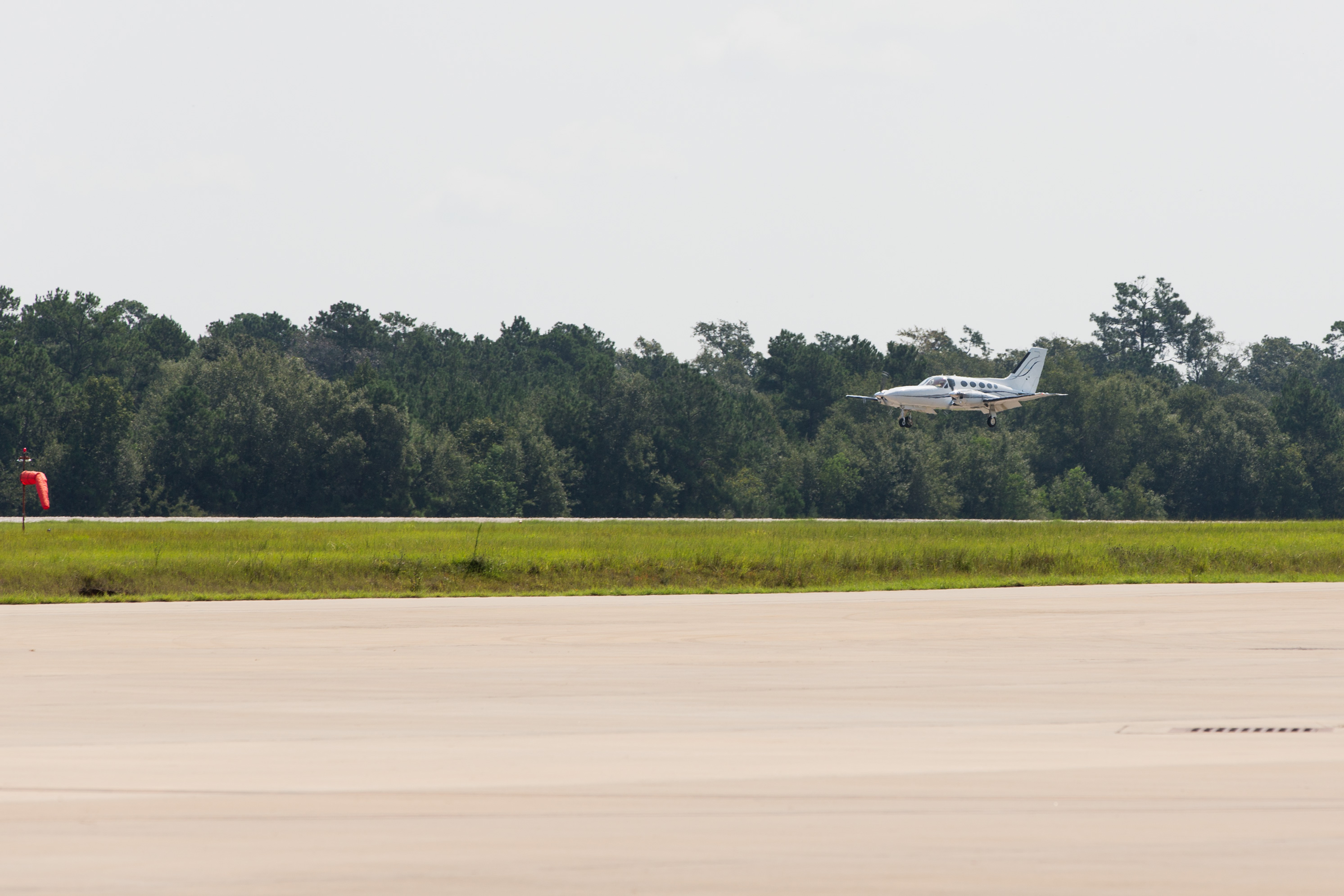Veteran Pilots Testify to Value of Loss-of-Control Training

Oct. 26, 2018
Several business aircraft pilots whose Upset Recognition and Recovery Training (URRT) helped them achieve positive outcomes in loss-of-control (LOC-I) situations testified to the value of the training during a panel at NBAA’s Business Aviation Convention & Exhibition (NBAA-BACE).
An airborne upset is defined as an undesired airplane state characterized by unintentional divergences from parameters normally experienced during operations. NBAA has prioritized LOC-I awareness, highlighting the issue as one of its annual Top Safety Focus Areas.
“By better understanding the threat areas where we are vulnerable, we can be more effective at overcoming loss of control,” said Paul “BJ” Ransbury, president of Aviation Performance Solutions and lead of the NBAA Safety Committee LOC-I working group, in an NBAA educational video series.
There are numerous factors that can cause an upset, said Flight Research, Inc. upset instructor and former naval aviator Bill Oefelein, ranging from environmentally induced, such as air-mass related incidents and wake turbulence; systems-induced, such as failures in flight-instruments, autopilots and flight control systems; and pilot-induced, such as scan breakdowns, distraction or misuse of automation.
An airborne upset is a situation no pilot hopes to ever be in. As the stories shared during the panel demonstrate, however, URRT courses – which generally consist of both simulator- and aircraft-based training – can help ensure pilots have the tools to quickly identify the hazard and recover the aircraft.
Real-Life Experiences Shared
“As we approached the Washington, DC area, suddenly we experienced…a wake turbulence upset,” said Joe Kline, a G650 captain with more than 13,000 flight hours, in a video shown during the panel. “The aircraft banked approximately 60 feet to the left and pitched up approximately 15 degrees. I recognized the upset and used the techniques that were taught to me to recover from it.”
Clint Feredy, CAM, who has more than 22,000 flight hours across general and commercial aviation, recalled an incident where his aircraft experienced 22 degrees of roll upon descent to Los Angeles, CA. The PIC, who had previously taken URRT training, was able to correct course without further incident.
“The value of this training was apparent,” Feredy said. “You can’t calibrate a simulator to feel the G-forces. You can train some things in the simulator but there are others you just can’t.”
G650 captain Rodney Lundy discussed in the video how his familiarity with the physiological effects of an upset through URRT training enabled him to successfully recover his aircraft during an incident enroute to New Jersey’s Newark Liberty International Airport (EWR).
“[On simulators], you’re not feeling the G’s, you’re not feeling the airplane moving around, you’re not feeling the cup of coffee spilling on you as it falls out of the cup holder,” said Lundy. “Being able to actually go out and perform the upsets in jet aircraft gives you the confidence and muscle memory.”
For companies considering sending personnel to URRT courses, Flight Research, Inc. Senior Vice President of Operations Scott Glaser stressed the practicality and historic safety of the training. He also advised seeking out training aircraft similar in weight to the aircraft pilots typically fly to replicate the same inertia and rates.
“Large airplanes respond much different than small,” he noted. “If you’re learning how to drive an 18-Wheeler, you wouldn’t use a Corvette.”
Any person who attends an NBAA convention, conference, seminar or other program grants permission to NBAA, its employees and agents (collectively "NBAA") to record his or her visual/audio images, including, but not limited to, photographs, digital images, voices, sound or video recordings, audio clips, or accompanying written descriptions, and, without notifying such person, to use his or her name and such images for any purpose of NBAA, including advertisements for NBAA and its programs.
Related Articles
March/April 2024
Sterile Flight Deck Operations Are More Important Than Ever
November 21, 2023
New Airplane Performance Guidance Available Now
March/April 2023
Deep Water Ditching
Nov/Dec 2022


 International Business Aviation Council Ltd.
International Business Aviation Council Ltd.